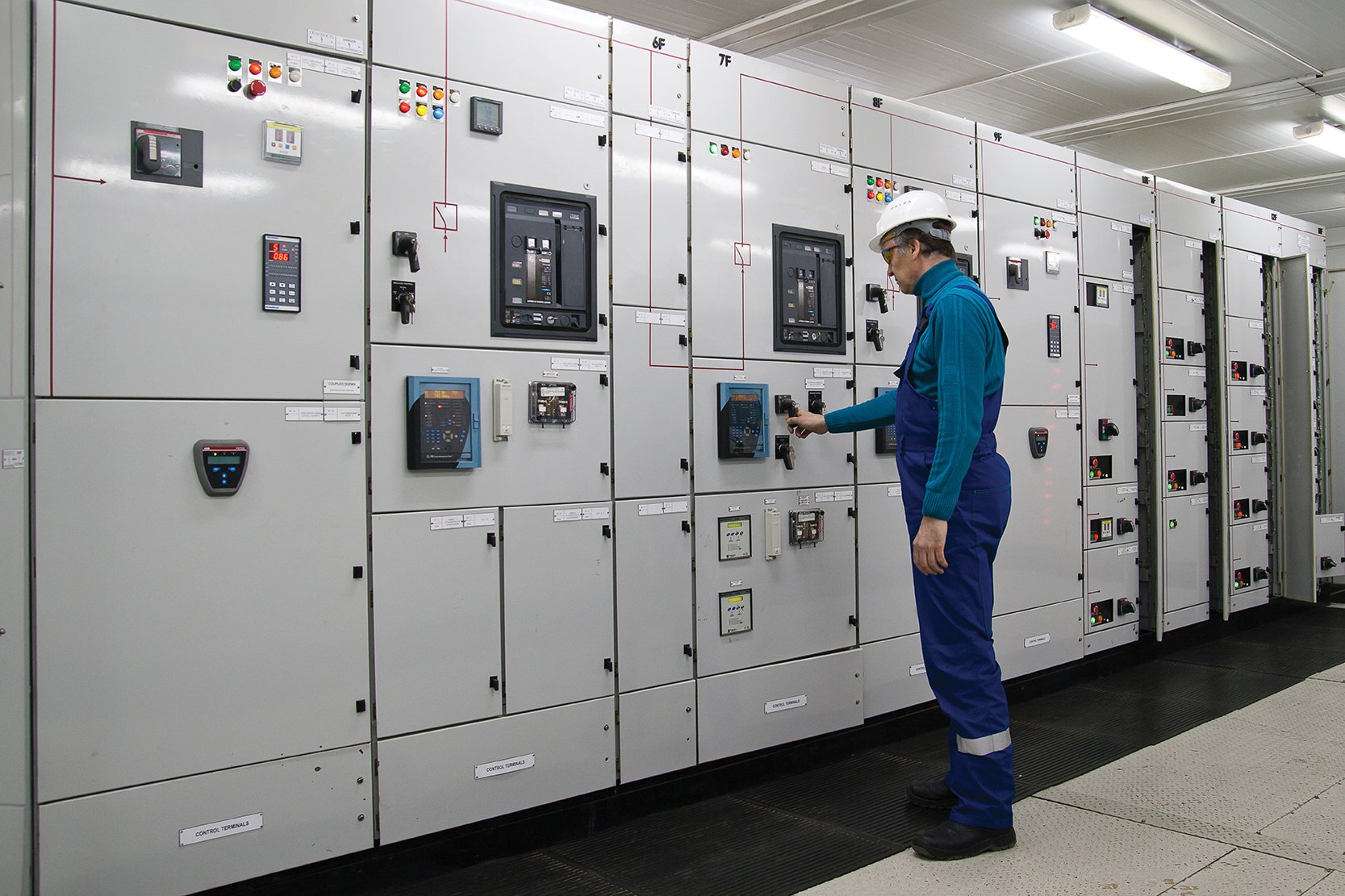Ridesharing and Carsharing Transforming Urban Transportation
The transportation landscape is undergoing a seismic shift with the rise of shared mobility services that are reshaping how people and goods move around the world’s cities. Ridesharing apps and carsharing programs are complementing public transit networks and providing more efficient options than private vehicle ownership. By sharing vehicles, infrastructure and data, these new mobility services promise to reduce traffic, GHG emissions and transportation costs while improving access.
Ridesharing Goes Global
Ridesharing platforms like Uber and Lyft started in major cities but have expanded rapidly to serve hundreds of urban and suburban communities worldwide. By matching passengers going the same way through a smartphone app, ridesharing improves vehicle occupancy rates compared to single-occupancy trips. It also provides an alternative to car ownership for those who only need occasional access to a vehicle.
In a growing number of cities, ridesharing is the most popular mode of hired vehicle transportation, accounting for over 20% of central business district car trips in some markets. Global Shared Mobility services help reduce drunk and dangerous driving by providing safe, reliable and affordable trip options at the push of a button. However, concerns remain about potential increases in vehicle miles traveled if ridesharing simply replaces high-occupancy public transit trips or pulls riders away from zero-emissions modes like walking and cycling.
Carsharing Gains Ground
Like ridesharing, round-trip carsharing services provide on-demand access to fleets of shared vehicles without the high costs and responsibilities of private car ownership. By renting cars parked in neighborhood pods or scattered throughout a city for short periods of time, carsharing members save on parking, fuel, insurance and other ownership expenses. It allows users the flexibility of a private vehicle with far lower per-trip costs.
Major carsharing companies like Zipcar, Car2Go and Uhaul Car Share have expanded availability into dense urban neighborhoods and college campuses worldwide. Their self-service models and one-way trip options mimic public transit convenience. Studies show each carsharing vehicle removes around 15 privately-owned vehicles from roads. This relieves congestion while freeing up scarce urban land now used for parking lots. However, carsharing has struggled to penetrate lower-density suburban communities still heavily dependent on personal vehicles.
Integrating with Public Transit
To maximize their mobility benefits, shared transport platforms are increasingly partnering with public agencies to directly connect with local transit networks. In some cities, riders can now pay for and plan multi-modal trips using a single app that seamlessly combines ridesharing, carsharing, bikeshares, buses, trains and ferries. This integrates often fragmented public and private services, smoothing the last-mile connections that make transit more practical and appealing.
For example, transportation authorities in London, San Francisco and Singapore are working with Uber and Lyft to provide “first-mile/last-mile” connections to fill gaps in public transit coverage. Partnerships allow riders to easily tap shared mobility options as links in broader point-to-point journeys. Integration could help relieve overcrowding on some public transit lines while expanding the effective catchment of train stations and bus stops. However, obstacles remain around regulating competition with public services and ensuring data sharing standards.
New Mobility and Automation
Fleet operators are also investigating self-driving vehicles and automated mobility services that could further reduce costs and complement public transit. Waymo, Cruise, Arrival and others have piloted self-driving taxis and shuttles without safety drivers to ferry small groups of passengers on fixed or flexible routes. These automated mobility-on-demand services promise even greater flexibility and accessibility if deployed at scale. Early trials of low-speed self-driving shuttles have proven popular for airport trips, university campuses and retirement communities.
Proponents envision highly automated shared vehicles replacing privately-owned cars in dense cities in the future. Vehicle platforms like Nuro’s low-speed delivery bot present nearer-term opportunities for driverless services like transporting goods the last mile. Global automakers and tech firms are racing to deploy next-generation fleets that synergize high vehicle utilization rates with upcoming vehicle connectivity and automation. However, fully autonomous shared fleets still face challenges around legal frameworks, cybersecurity standards and public acceptance that will take many more pilot programs to overcome.
Future of Shared Mobility
As urban transportation needs evolve rapidly worldwide, carpooling options are playing an increasingly vital role in reducing carbon emissions, congestion and transportation costs compared to private car dependency. By intelligently integrating ridesharing, carsharing and mobility services into compact, walkable, transit-served development, cities can accommodate growing populations more sustainably. Coordinating public and private operators through open data platforms will optimize first-last mile connections and maximize use of existing infrastructure.
If deployed and scaled appropriately with strong transportation demand management, shared autonomous vehicles also hold long-term potential for revolutionizing urban access and affordability. But transition paths must prioritize multi-modal integration, equitable geographic coverage, and minimizing potential rebound effects on vehicle traffic and emissions to fully realize shared mobility’s livability and sustainability benefits. With cooperation among all stakeholders, the future of transportation can be one of increased shared prosperity, not individual motorization




